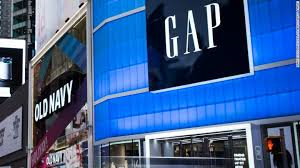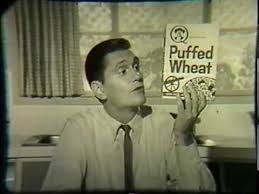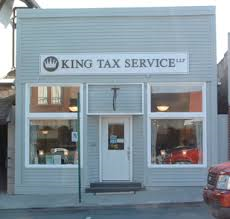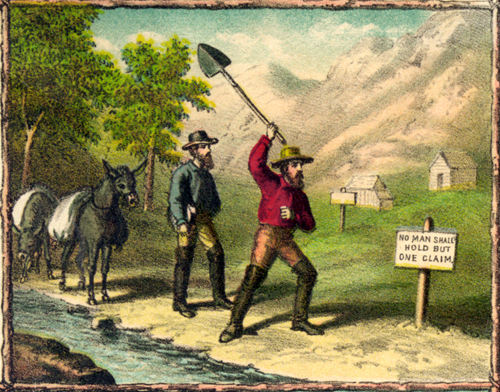Brand Experience.
The second component of brand strategy is brand experience. I leaned about brand experience from Starfish in NYC. At the time, the company was head by Megan Kent and David Kessler. Mr. Kessler is still at the helm. Ms. Kent is sharing the branding love at the Go Lab, in Brooklyn.
The What’s The Idea? brand framework, built around “claim and proof,” feeds brand experience. Using yesterday’s brand strategy example “the navy seals of commercial maintenance” with proof plank of “fastidious,” you can begin to see how to build a branded customer experience. Commercial maintenance companies are not known for being fastidiousness.
But what exactly is brand experience? Well, it comprises things like retail environment. How one experiences the brand at the store. Starfish’s work for Dunkin’ Donuts years ago, was a tour de force in retail brand experience. It entails experience out of the box. Who has ever opened an Apple product and not said “ah.” Who has not opened a can of Coke and not recoiled from the fizz of refreshment. And experience is reflected on the website. Who gets you to the world’s information faster than Google? Fast load. No extraneous content. A lone search bar. And, who teases a body into the outdoors better than Marmot? Web experience is crucial in brand building. An opportunity lost if not adhering to the claim and proof array.
Brands that organize their product, experience and messaging always know what they are doing. And why.
Tomorrow messaging.
Peace.










